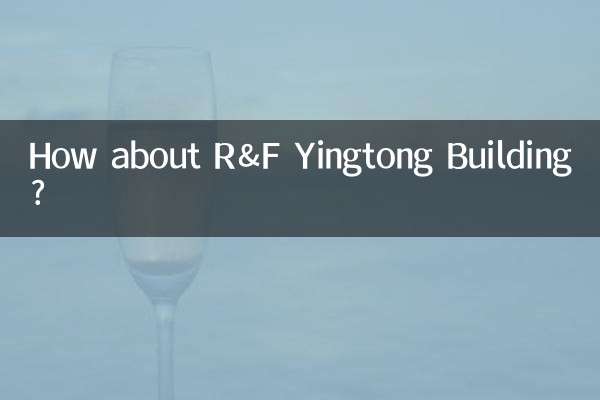How to calculate the price of free area
In the real estate market, giving away area is one of the common promotion methods used by developers. However, how to calculate the actual value of the donated area and whether it is really cost-effective has become the focus of many home buyers. This article will combine the hot topics and hot content on the Internet in the past 10 days to provide you with a detailed analysis of the price calculation method for free area, and provide structured data for reference.
1. Common types of donated areas

Donated area usually includes the following forms:
| Type | Description | common locations |
|---|---|---|
| balcony | Semi-enclosed or fully enclosed balconies are usually included in the property rights area at 50% or 100% | Outside of living room and bedroom |
| bay window | Not included in the property area, but can be actually used | Bedroom, study |
| basement | Some developers give away basements or semi-basements | Villas, low-rise residences |
| Loft | The space under a pitched roof may be partially included in the property rights | Penthouse |
2. Price calculation method for free area
The following factors need to be considered in calculating the value of the donated area:
| calculation factors | Description | Calculation formula |
|---|---|---|
| Unit price conversion | Apportion the total house price to the actual usable area | Actual unit price = total house price / (property area + complimentary area × conversion factor) |
| Conversion factor | Practical value coefficients of different donated areas | Balcony 0.5-0.7, bay window 0.3-0.5, basement 0.4-0.6 |
| Decoration cost | The free area requires additional renovation costs | Decoration cost = free area × decoration unit price |
3. Assessment of the actual value of the donated area
According to recent market research data, the value of donated areas in different cities varies greatly:
| city | Average gift area (㎡) | Converted value (10,000 yuan) | Proportion of house price |
|---|---|---|---|
| Beijing | 8-12 | 15-25 | 5%-8% |
| Shanghai | 10-15 | 18-30 | 6%-10% |
| Guangzhou | 12-18 | 10-20 | 4%-7% |
| Shenzhen | 8-15 | 20-35 | 7%-12% |
4. Potential risks of donating area
When considering free area, home buyers need to pay attention to the following risks:
1.Property rights risk: Part of the donated area may be illegally built and there is a risk of being demolished.
2.Usage restrictions: Some complimentary areas may be limited in actual use due to building structural problems.
3.Decoration cost: The free area often requires additional decoration, which increases the cost of living.
4.resale impact: The value of the donated area that is not included in the property rights may be underestimated in second-hand housing transactions.
5. Expert advice
1. The developer is required to clarify the nature of the donated area and the ownership of the property rights.
2. Calculate the actual unit price and don’t be confused by the concept of “gift”.
3. Consider the practicality of the donated area and avoid paying for space that is not practical.
4. Consult a professional real estate appraisal agency to conduct an objective evaluation of the donated area.
5. Clearly stipulate the relevant terms of the gift area in the house purchase contract.
6. Conclusion
The calculation of the actual value of the donated area requires comprehensive consideration of factors such as property rights, usage functions, decoration costs, and local market conditions. Home buyers should view developers' "gift" promotions rationally, evaluate their true value through scientific calculation methods, and avoid falling into marketing traps. It is recommended to conduct sufficient market research and professional consultation before purchasing a house to ensure that your rights and interests are protected.

check the details

check the details